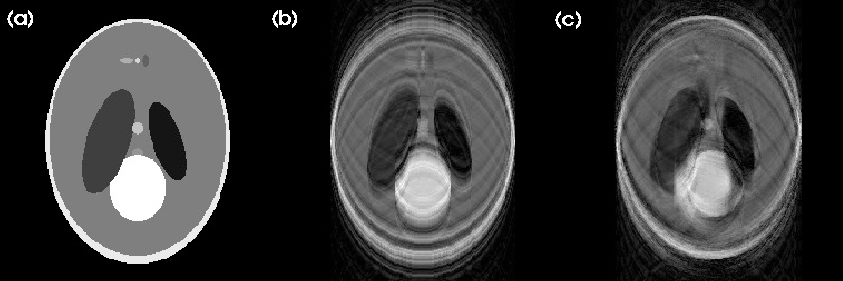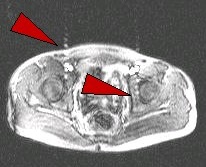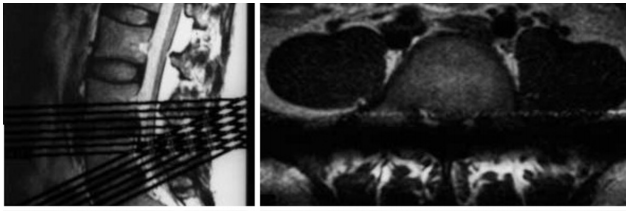New MRI Installation
To confirm Magnet location, buyer must consider environmental noises like AC and DC noise, causing by moving ferromagnetic objects or electromagnetic noises caused by other devices or power lines. Even building vibration is an important point in choosing Magnet location.
As a sensitive and heavy device, MRI Building need many special considerations. Magnet room and transportation way need reinforcement so can bear the magnet weight, also corridors and walls need to be designed so that magnet can easily move to its location easily. Moreover location of magnet room opening are important.
MRI device as a sensitive device, needs very clean and stable power which meets manufacturer requirements. More that power, it needs very good protective ground.
Just keep in touch with us!
RF Shield Room
RF (Radio Frequency) shielding is required for EVERY MRI system. RF shielding can be done with nearly any type of metal, however the most commonly used metals are copper, galvanized steel or aluminum. It should be noted that RF shielding MUST surround the MRI room, i.e., all walls, ceiling and floor.
Using best material, taking care about connection points between each part (such as wall and floor panels, window, door, penetration panels), door and window quality, room isolation, ...
MRI Artifacts
An image artifact is a structure not normally present but visible as a result of a limitation or malfunction in the hardware or software of the MRI device, or in other cases a consequence of environmental influences as heat or humidity or it can be caused by the human body (blood flow, implants etc.)
Patient movement during the scans are often an imaging problem. Artifacts from patient movement are widely varied due to a dependence when during k-space filling the motion occurs. When the patient moving causes only in the last few seconds of the scan at that time the outside edges of K-space were being filled, and as a result the artifact does not overly affect the image (there are only fine lines). A good cooperation between the patient and the operator is the best way to avoid these artifacts, in difficult cases a sedative may help. If a compliance of the patient is not possible (e.g. pain, stroke, or consciousness), choose fast scan methods like gradient echo or single shot technique. See also Motion Artifact and Phase Encoded Motion Artifact.

Ghosting artifacts are in the most cases caused by movements, AC or DC noise
Flow effects in MRI produce a range of artifacts, e.g. intravascular signal void by time of flight effects; turbulent dephasing and first echo dephasing, caused by flowing blood. Through movement of the hydrogen nuclei (e.g. blood flow), there is a location change between the time these nuclei experience a radio frequency pulse and the time the emitted signal is received (because the repetition time is asynchronous with the pulsatile flow). The blood flow occasionally produces intravascular high signal intensities due to flow related enhancement, even echo rephasing and diastolic pseudogating. The pulsatile laminar flow within vessels often produces a complex multilayered band that usually propagates outside the head in the phase encoded direction. Blood flow artifacts should be considered as a special subgroup of motion artifacts.

Crosstalk is an artifact introduced into images by interference between adjacent slices of a scan, caused by a slice profile that is not ideal due to the constraints of the measurement technology. If the slice distances are too small, there is cross talk between the slices, which can affect T1 contrast. This artifact can be eliminated by limiting the minimum spacing (for the most sequences a minimum gap 10% and for IR sequences 20%) between the slices. Crosstalk can also be reduced by selection of interleaved slices (so a slice gap will not be necessary), but interleaved data acquisition can produce large mean intensity differences between adjacent slices.

